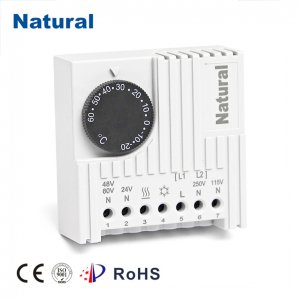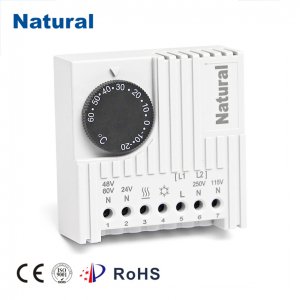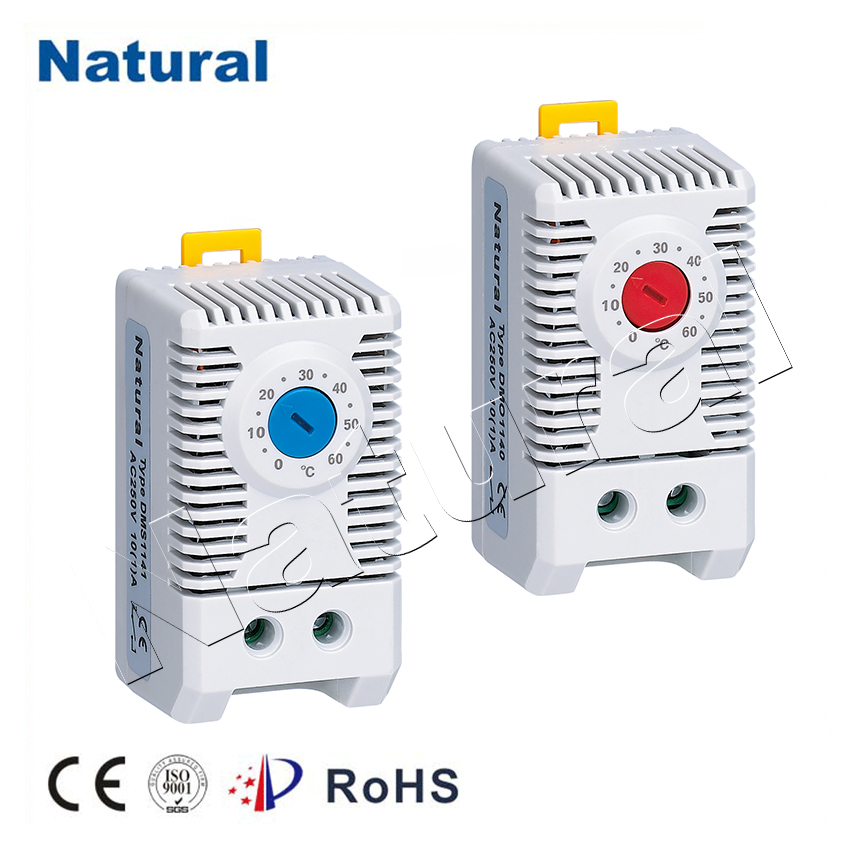A 24V thermostat plays a critical role in managing the temperature of various systems, from home heating and cooling to industrial machinery. These devices are essential components in ensuring comfort, energy efficiency, and optimal performance in both residential and commercial settings. In this article, we’ll explore the 24V thermostat, how it works, its advantages, and common applications.

What is a 24V Thermostat?

A 24V thermostat is a type of low-voltage temperature control device commonly used in heating, ventilation, and air conditioning (HVAC) systems. It is powered by 24 volts, which is supplied by the HVAC system’s transformer. This voltage level is much lower than standard household electricity, making it safer to use in systems that require precise and consistent temperature control. Thermostats are designed to sense the air temperature in a room or environment, compare it to a set desired temperature, and then send signals to the heating or cooling systems to adjust accordingly. A 24V thermostat can be mechanical, digital, or programmable, depending on the features it offers.

Leave a Reply